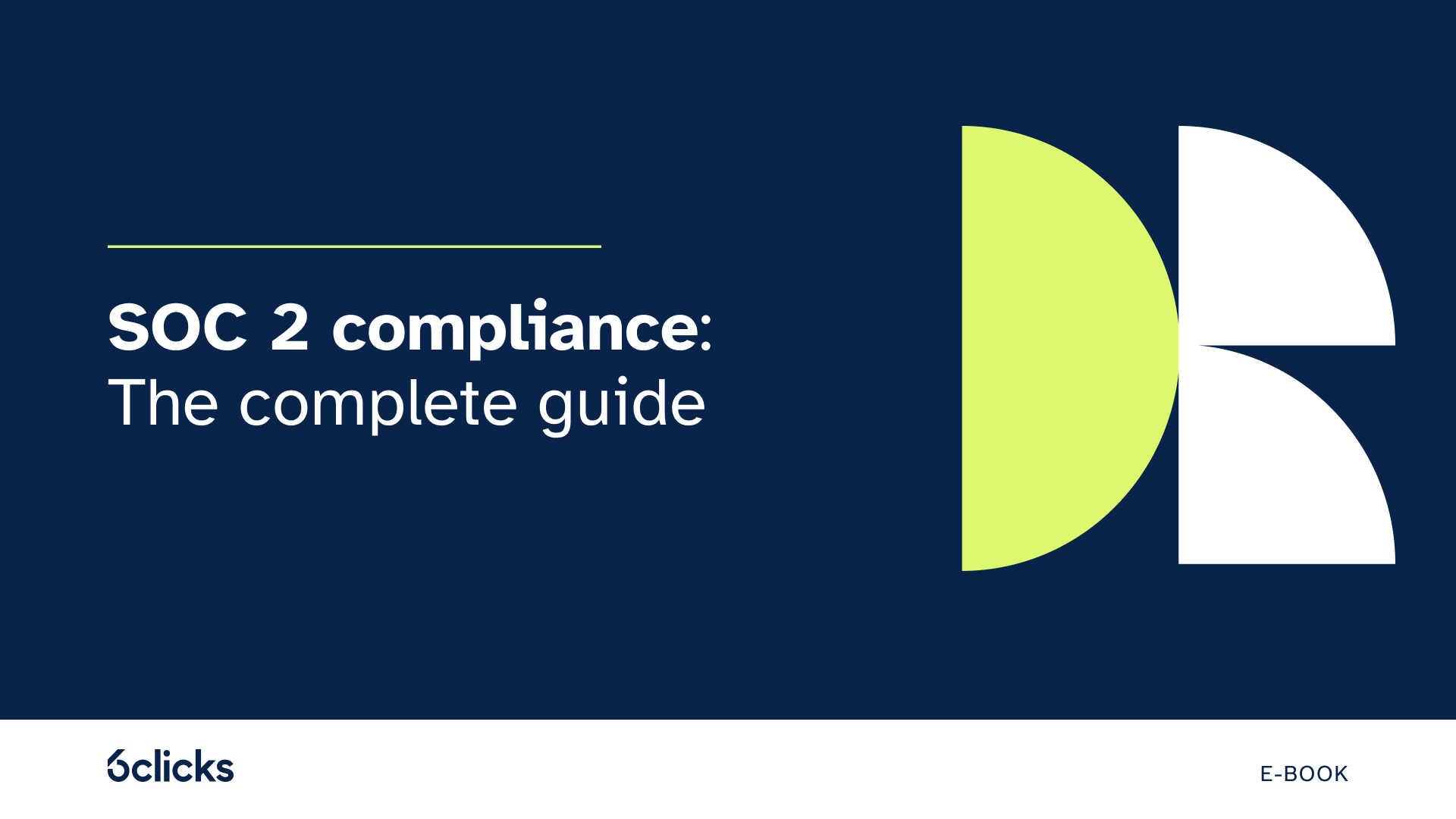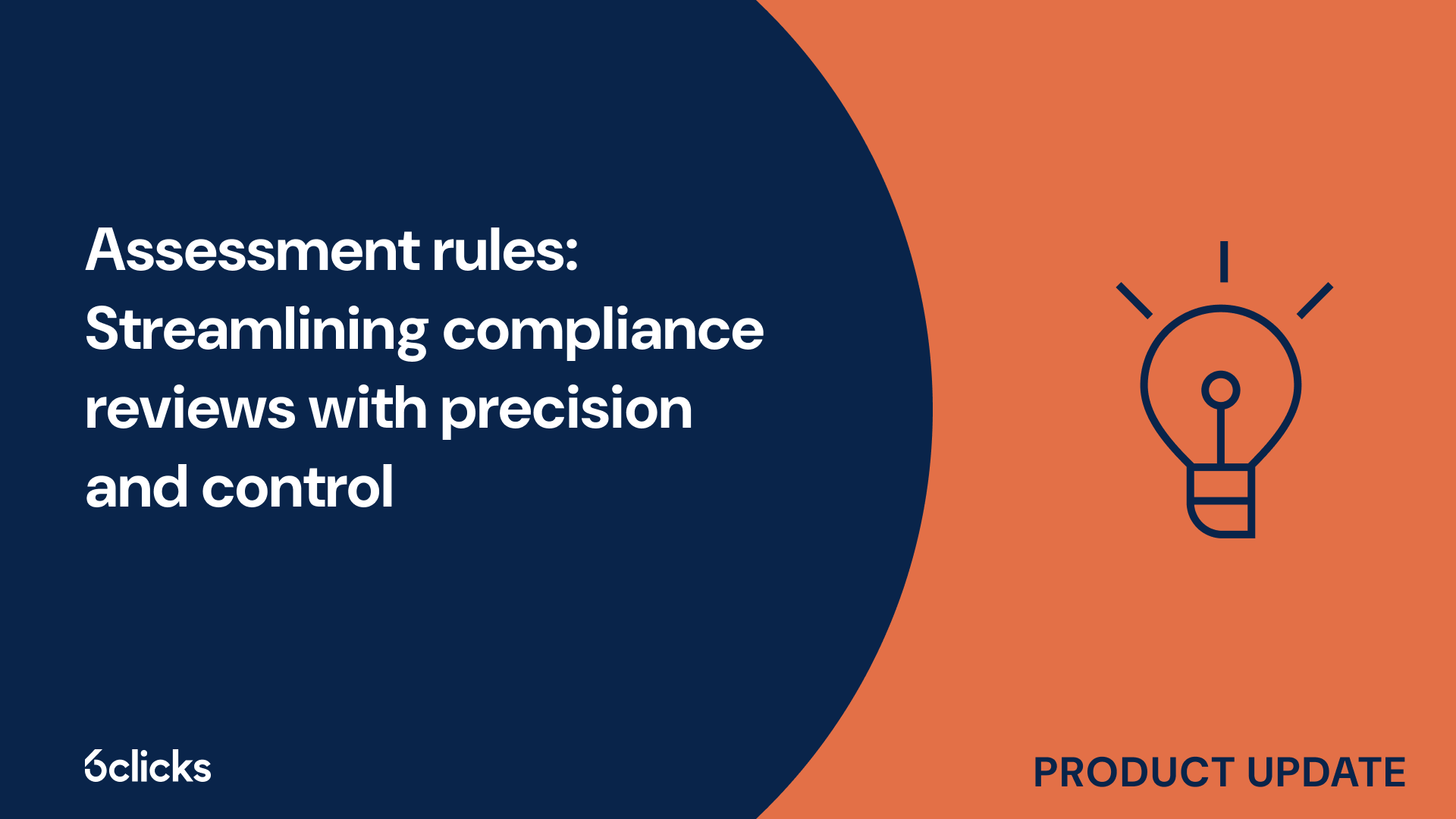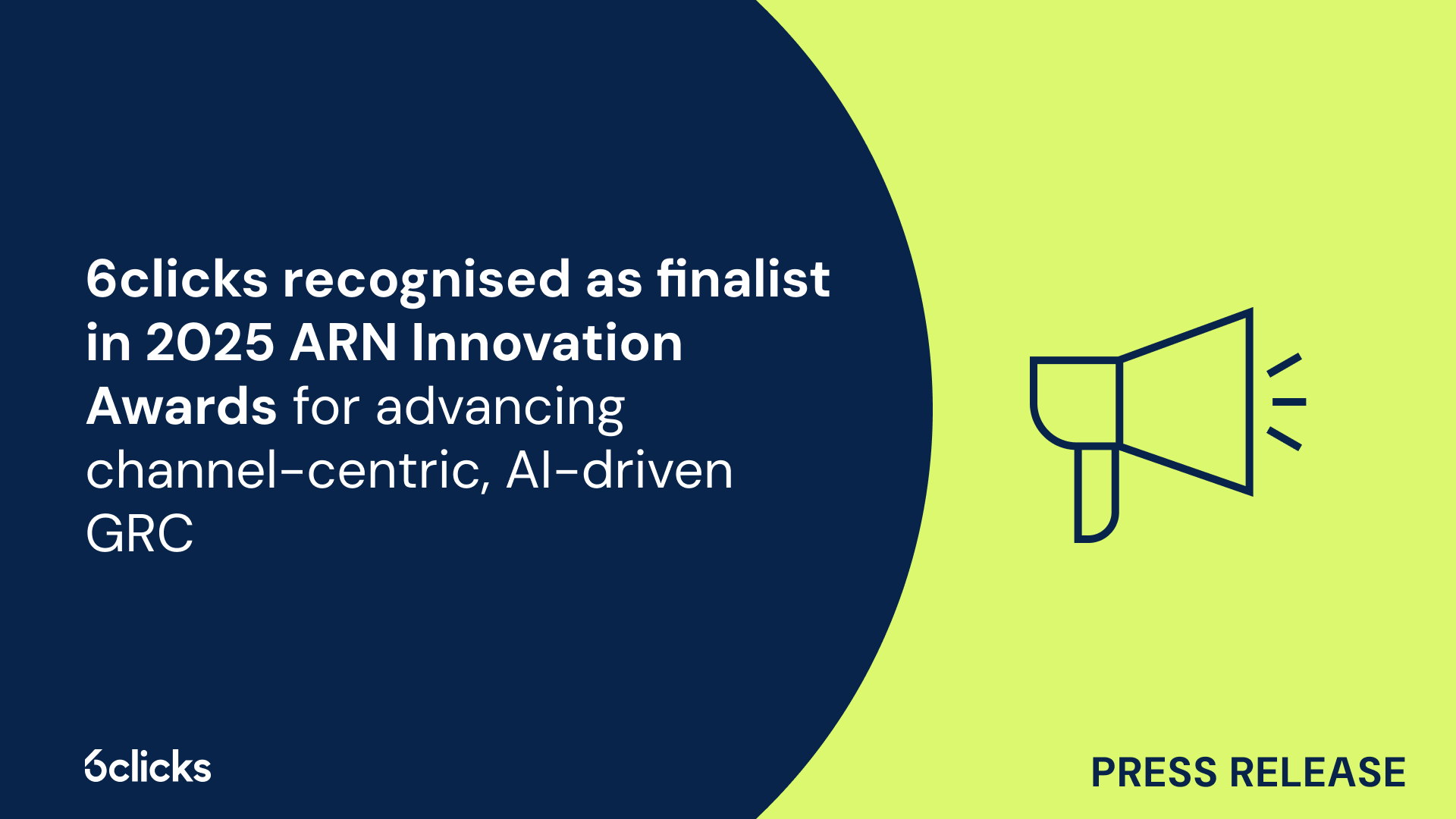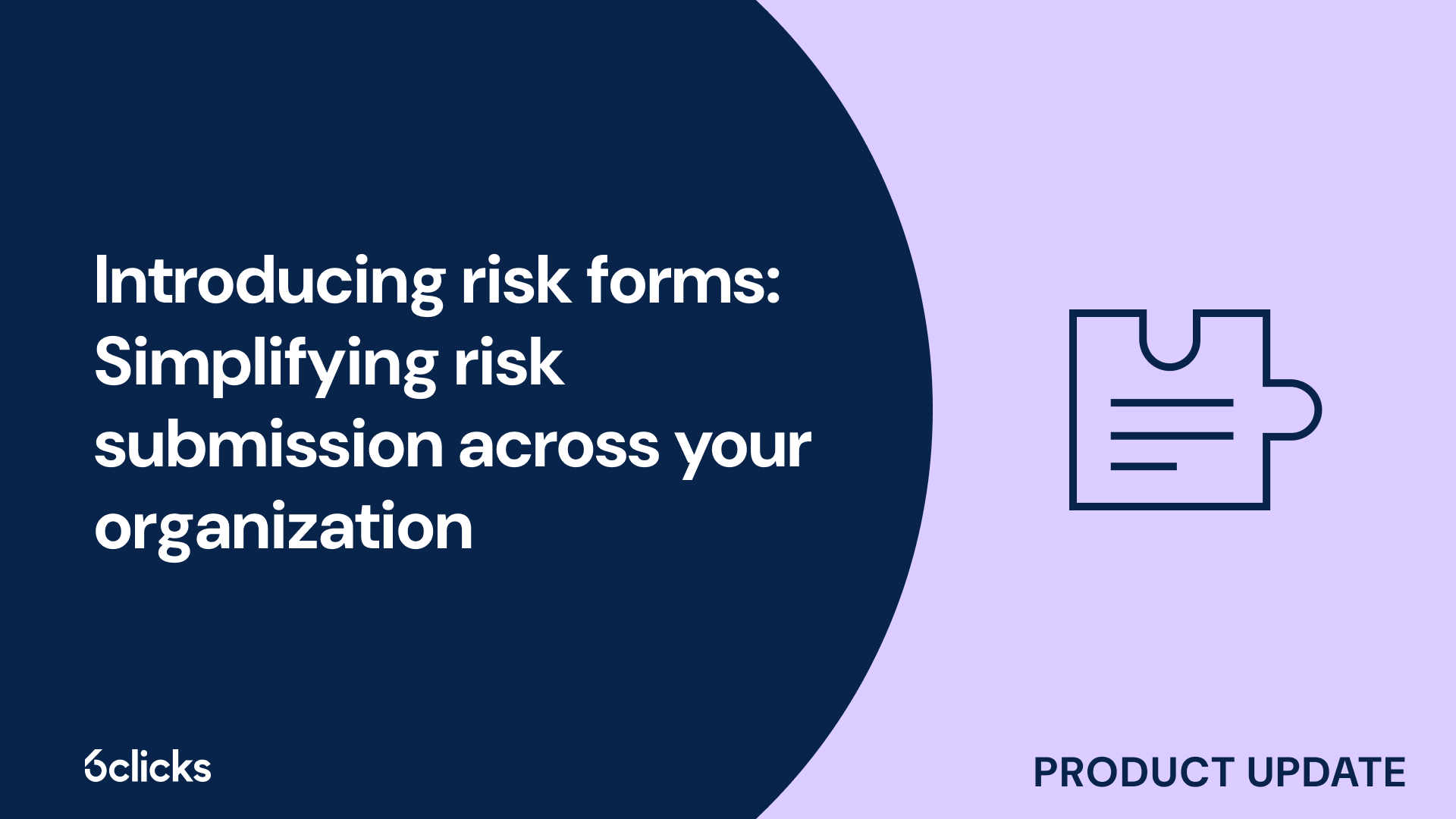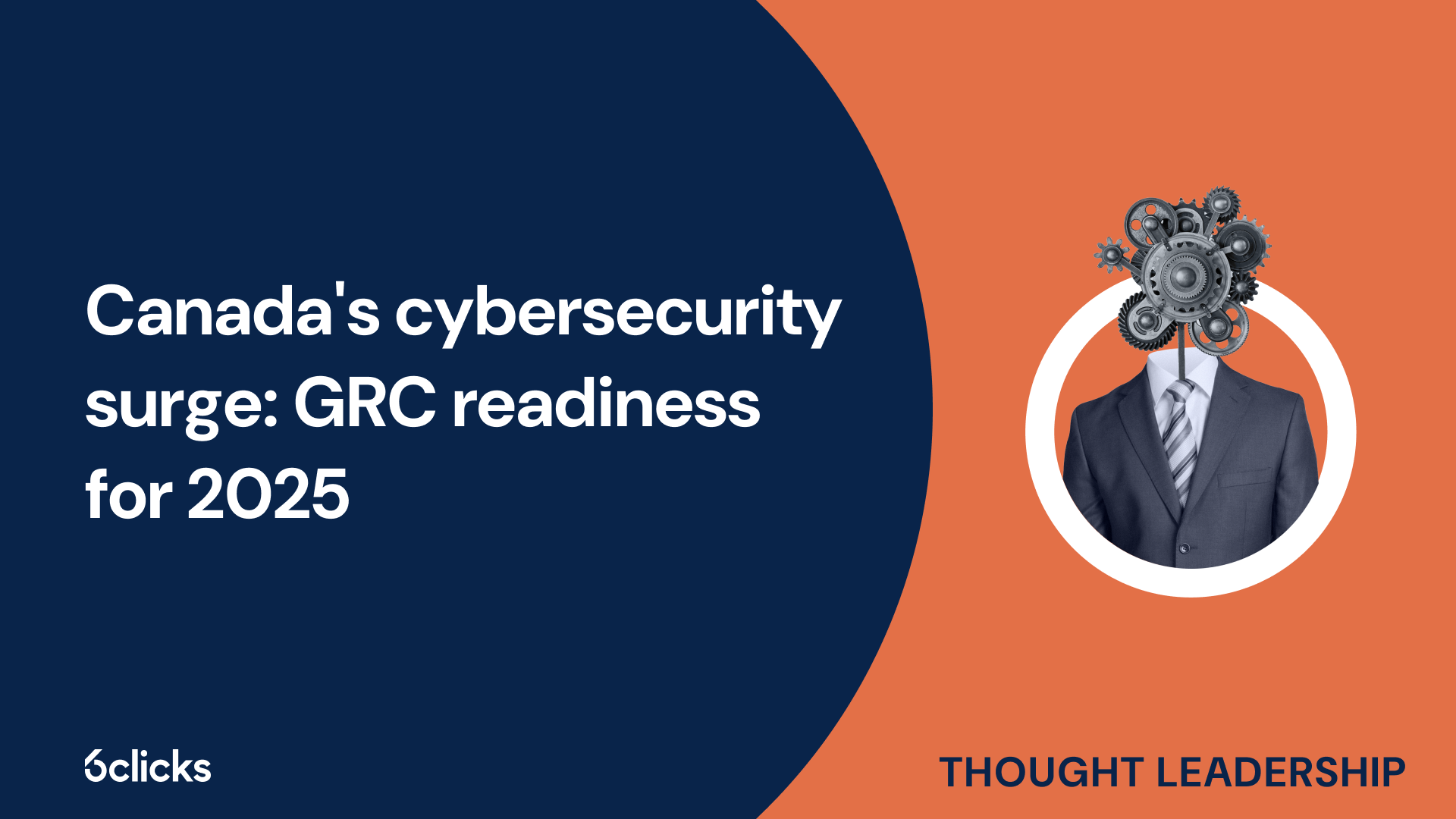The GRC buyer’s guide for 2025: Building resilience with AI-powered, federated solutions
Discover the ultimate GRC buyer's guide for 2025! Uncover how AI-powered, federated solutions transform compliance and security management for industries like government, aerospace, banking, and more. Learn about centralized control, continuous compliance, and advanced cyber GRC capabilities. Download now!
-1.png?width=200&height=249&name=Group%20193%20(1)-1.png)
The GRC buyer’s guide for 2025: Building resilience with AI-powered, federated solutions
What is the purpose of a security framework?
A security framework is a structured set of guidelines, policies, and best practices designed to help organizations manage cybersecurity risks effectively. These frameworks provide a systematic approach to identifying, protecting, detecting, responding to, and recovering from security threats.
The purpose of a security framework is to establish a comprehensive security posture that reduces vulnerabilities, ensures regulatory compliance, and enhances overall cybersecurity resilience. In today’s digital landscape, businesses face increasing threats, making a well-defined security framework essential for protecting sensitive data and maintaining trust with stakeholders.
Key purposes of a security framework
1. Standardization of security practices
A security framework ensures that an organization follows standardized security procedures. It helps organizations create consistent policies across all departments, reducing confusion and increasing efficiency in managing security risks. By adhering to a framework, businesses can align their security strategies with industry best practices.
2. Risk management and threat mitigation
Cyber threats are constantly evolving, making risk management a top priority. A security framework provides a structured methodology for identifying, assessing, and mitigating security risks. It enables organizations to detect potential threats before they become serious breaches, ensuring a proactive rather than reactive approach to cybersecurity.
3. Regulatory compliance
Many industries are subject to regulatory and industry requirements, such as GDPR, HIPAA, and DORA. A security framework helps organizations comply with these regulations by providing guidelines on data protection, privacy measures, and risk management. Compliance reduces the risk of legal penalties and enhances the organization’s reputation.
4. Protection of sensitive data
One of the main purposes of a security framework is to safeguard sensitive data, including customer information, financial records, and intellectual property. By implementing security controls such as encryption, access management, and threat monitoring, organizations can prevent unauthorized access and data breaches.
5. Incident response and recovery
A security framework establishes a structured incident response plan that helps organizations quickly detect, contain, and mitigate security incidents. It also includes recovery strategies to restore operations with minimal downtime. This reduces the financial and reputational damage caused by cyberattacks.
6. Increased stakeholder trust
Customers, partners, and investors expect organizations to have robust security measures in place. By following a security framework, businesses demonstrate their commitment to protecting sensitive information. This builds trust, strengthens business relationships, and enhances customer confidence.
7. Continuous improvement and adaptability
Security frameworks are designed to evolve with emerging threats. Organizations can regularly assess their security posture, identify weaknesses, and update security controls as needed. This ensures continuous improvement in cybersecurity resilience and adaptability to new risks.
Popular security frameworks
There are several widely used security frameworks, including:
- NIST Cybersecurity Framework (CSF) – A risk-based framework that provides best practices for cybersecurity risk management.
- ISO/IEC 27001 – An international standard for information security management systems (ISMS).
- CIS Controls – A set of best practices to enhance security and reduce cyber threats.
- COBIT – A framework for governance and management of enterprise IT security.
- PCI DSS – A security framework specifically designed for organizations handling payment card data.
Conclusion
The primary purpose of a security framework is to help organizations develop a structured, effective approach to cybersecurity. By standardizing security practices, mitigating risks, ensuring compliance, protecting sensitive data, and improving incident response, security frameworks enhance overall cyber resilience. In a rapidly evolving digital world, adopting a robust security framework is essential for safeguarding assets and maintaining business continuity.
Our AI-powered platform can help you develop, implement, and continuously improve your organization's security framework through comprehensive risk management workflows, robust policy and control implementation, and automated audits and assessments. Learn more about the 6clicks platform by getting in touch with our experts below.




